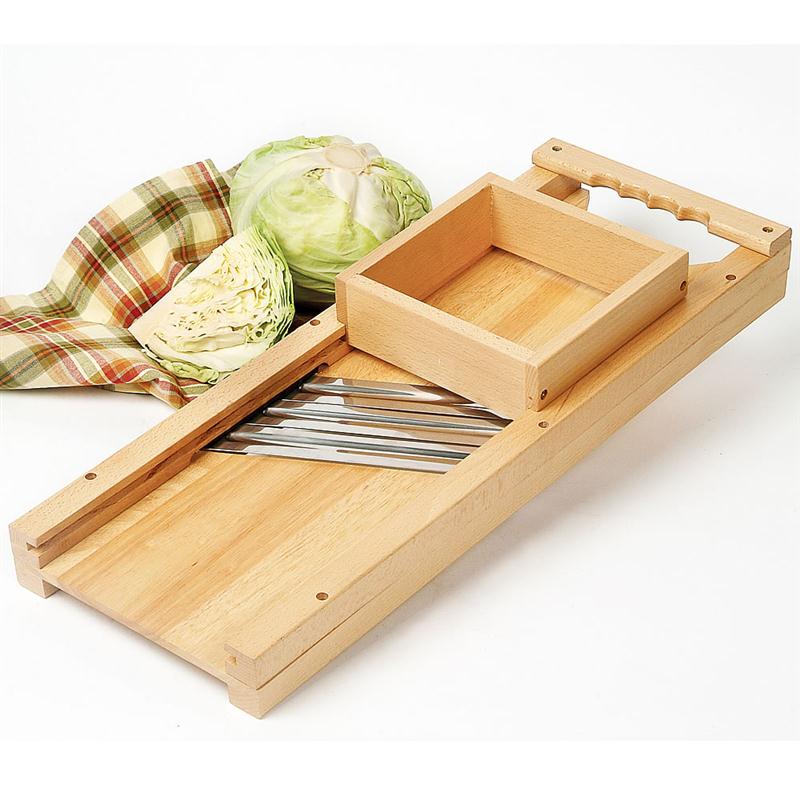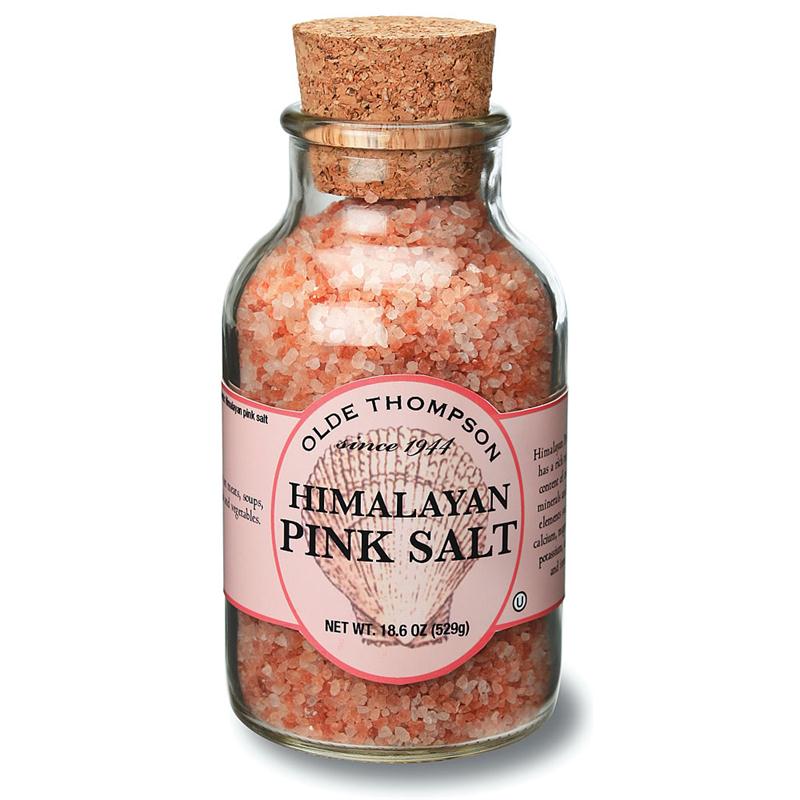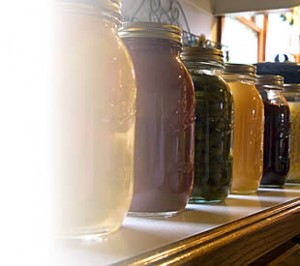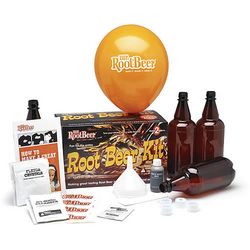
It has been cold here. It isn’t really out of the ordinary, -10 degrees in January is pretty typical but that doesn’t mean I have to like it. My root cellar doesn’t like it either. It’s a fine dance we do, keeping the door open just enough to keep the temperature above freezing but not so high as to trick the carrots into thinking spring is here and it’s time to sprout.
It is so important to check the food down there. Today I find that I have cabbage and carrots that must be seen to and apples that must be used up. The apples are easy. We love apples and onions caramelized with some butter and maple syrup and poured over pork chops. The cabbage and carrots are going to be fermented. We are kraut crazy around here. I got one of those dandy little air lock tops and lids for my ½ gallon Mason jars and now I can make kraut without getting the brine all over. Bruce bought me a mandoline for Christmas so I’m going to break that in too. I do love my little gadgets!

I cut the cabbage by hand but we love our carrots in slivers and that’s where the mandoline comes in. I make the mixture about 1/3 carrots and 2/3 cabbage. For 2, ½ gallon jars of kraut, you need about 5 pounds of vegetables. It can be any mixture you like. I sometimes add a bit of garlic, some beets or Daikon radish if I have it. Today it will be straight cabbage/carrot. 5 pounds of vegetables will need three tablespoons of salt. It is really important to use good salt. It should be coarse and not iodized. There are so many lovey salts to choose from, some pink, some grey, but I have made many a jar of kraut with just kosher salt. I put my salt in a bowl and sprinkle as I go so the salt is fully incorporated. As you put the cabbage/carrot mixture in the jar, tamp it down tightly. This helps draw the water out of the cabbage and creates the brine. I use the wooden reamer from my old-fashioned food mill. You have to really push it down. Once the jars are full you should start to see the liquid rise to the top. You should re-tamp the kraut every few hours. If, after a day, the brine has not covered the vegetables, you can mix a tablespoon of salt to a cup of water and pour it

over the top. This happens if the vegetables are older as they simply have less water in them.
Now let the kraut sit in a cool place to ferment. I check it every few days. You will see a bit of scum on the top. Just skim it off. It won’t hurt the vegetables as long as they remain submerged. The warmer the spot, the quicker the fermentation will be. When you reach the right level of tang for you, refrigerate your kraut and enjoy.
The brine is full of healthy lacto-bacillus. If your stomach is feeling iffy a table spoon is a great tonic.






























